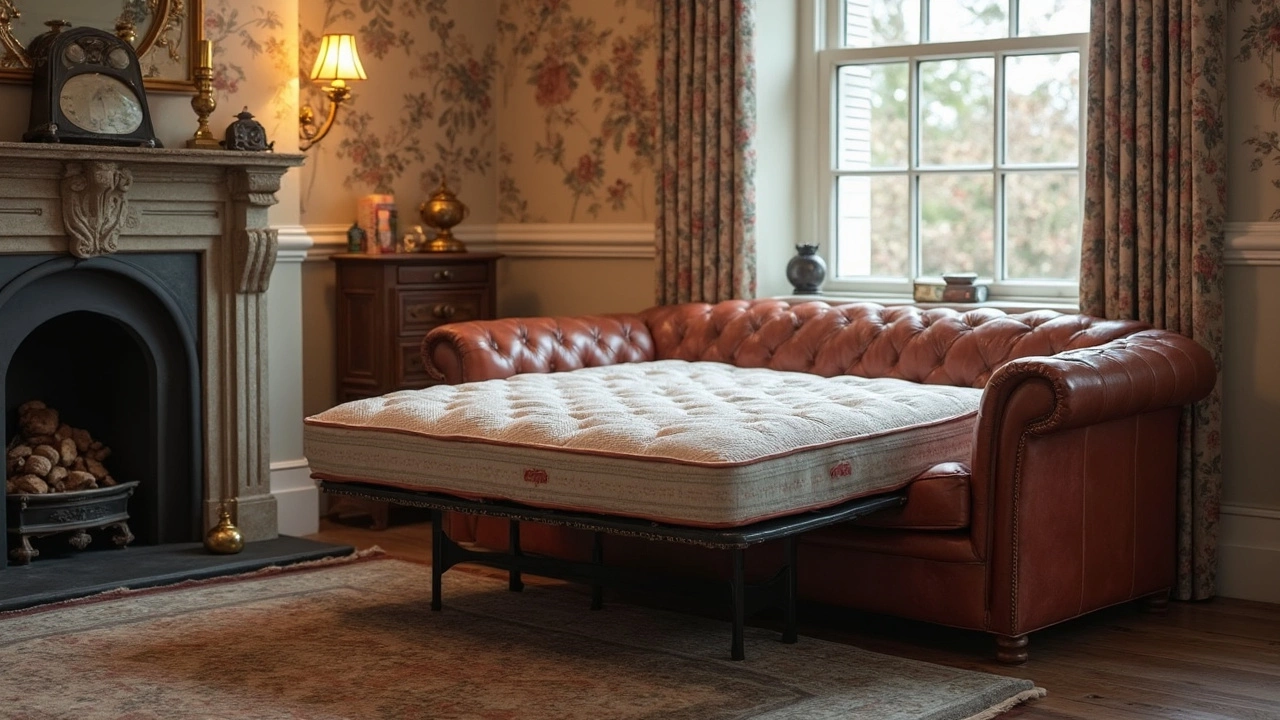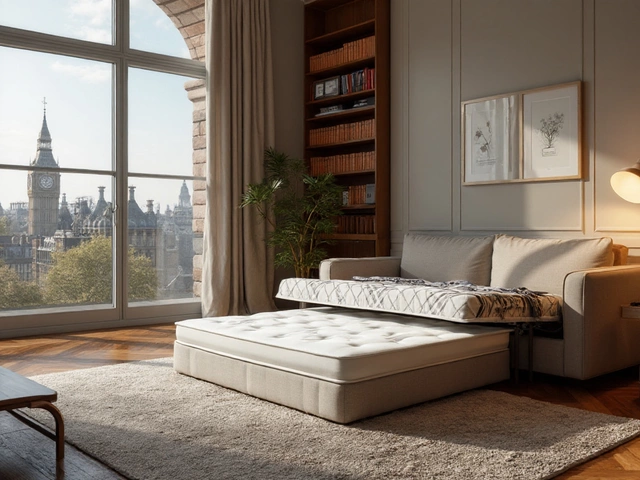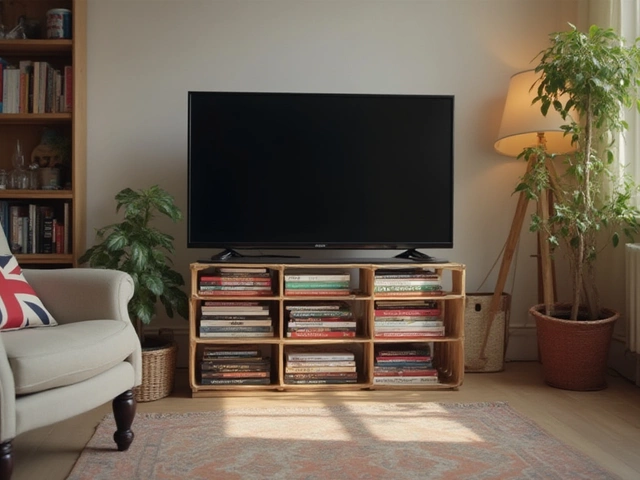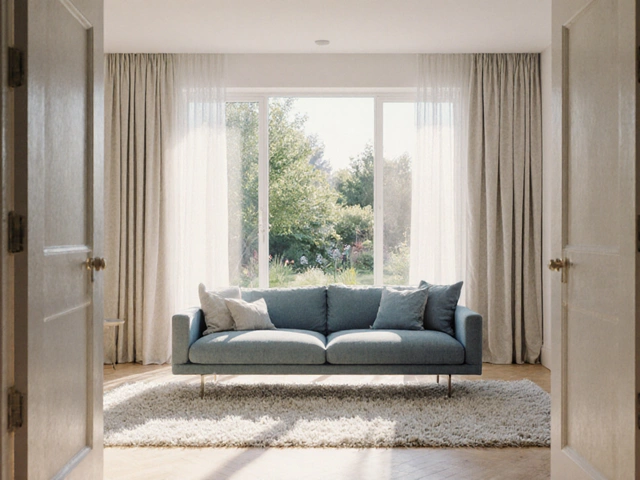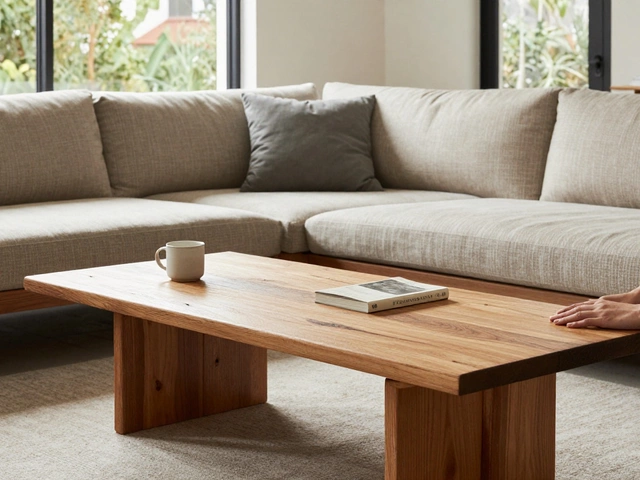Living Space Furniture Guides: What You Need to Know
Ready to upgrade your living area without the guesswork? Below you’ll find straight‑forward advice on the most common pieces – sofas, TV stands, storage and a few style tricks that actually work.
Choosing the Right Sofa
First things first: the sofa is the anchor of any living room. Look for a solid wooden frame, because that’s what holds up the seat for years. Check the cushion fill – foam gives bounce, while a mix of foam and down adds a little plush without losing shape. Think about the fabric too. A microfiber or woven polyester stands up to pets and spills, while a leather‑look finish gives a sleek vibe but needs more care.
Size matters. Pull out a measuring tape and note the room’s width, the wall you’ll place the sofa against, and the distance to any traffic flow. A three‑seater fits most rooms; if you have a corner, a sectional can fill the space nicely without crowding the walkway.
TV Stand Tips That Save Space
Even if your TV hangs on the wall, a low profile stand still does a lot – it hides cords, offers storage for consoles and keeps the setup grounded. Aim for a width at least as wide as the TV; that prevents a wobble. Height should let you watch comfortably with your eyes about 42 inches from the floor (typical eye level for a seated person).
If floor space is tight, consider a wall‑mounted floating console. It looks clean and frees up floor area for a rug or extra seating. For those who love hidden storage, choose a stand with drawers or shelves that match the room’s colour palette.
When you’re picking storage furniture, think vertical. Tall bookcases or narrow cabinets use height instead of floor area, letting you keep books, games and decorative boxes out of the way. Look for adjustable shelves – they let you fit taller items later without buying a new unit.
Putting it all together doesn’t have to be a chore. Start with the biggest piece – the sofa – then add a TV stand that fits the same style and scale. Finish with storage that fills gaps, like a narrow sideboard or a set of stacked crates. Keep colour tones relaxed: neutral greys, soft beiges or muted blues blend well with most décor, and you can add colour pops with cushions or throws.
Finally, test the layout before you commit. Lay newspaper or cardboard cut‑outs where each piece will sit; walk around and see if the flow feels natural. If something feels cramped, swap the position or choose a slimmer option. Small tweaks now save you from awkward rearrangements later.
These basics will help you build a living space that looks good, feels comfy and stays functional for years. Happy furnishing!
